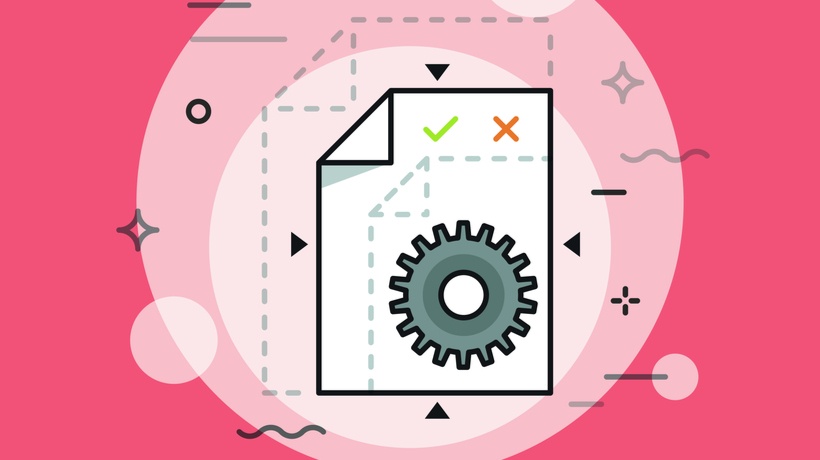The Evolution From Flash To HTML5
In the rapidly evolving realm of eLearning, keeping abreast of technological advancements is essential to provide an engaging and seamless learning experience. One such significant shift has been the move from Flash to HTML5, driven by the need for improved compatibility, security, and enhanced multimedia support. This transition is not merely a technological upgrade; it’s a strategic move to future-proof eLearning content. Within this blog post, we will explore the factors driving the transition, the obstacles encountered, and the optimal strategies for achieving a proficient conversion from Flash to HTML5.
The Need For Transition
Compatibility Concerns
Flash, once the go-to technology for multimedia-rich eLearning content, is now considered obsolete. The main reason behind this shift is the decline in support of Flash across browsers and devices. Modern web browsers like Chrome, Firefox, and Safari have taken steps to either disable Flash by default or have announced their plans to do so. These decisions stem from security vulnerabilities, serving as the primary impetus for these measures. With a growing emphasis on cross-platform compatibility, HTML5 emerges as the natural successor.
Mobile-Friendly Learning
The surge in mobile learning demands content that seamlessly adapts to various devices and screen sizes. HTML5, being inherently responsive, ensures a consistent user experience across smartphones, tablets, and desktops. This adaptability is a game-changer in an era where learners access content on the go.
Enhanced Interactivity And Multimedia
HTML5 offers native support for multimedia elements, eliminating the need for third-party plugins like Flash. This not only streamlines the user experience but also opens up possibilities for enhanced interactivity, animations, and multimedia integration without compromising performance or security.
Challenges In Flash To HTML5 Conversion
Legacy Content Compatibility
Organizations often have a substantial repository of legacy Flash-based eLearning content. Converting this content to HTML5 requires a careful assessment of the existing assets, ensuring that the transition maintains the integrity and effectiveness of the original material.
Budget And Resource Allocation
Flash to HTML5 conversion is not just a technological shift; it’s an investment in time and resources. Organizations must allocate budgets and engage skilled professionals for the conversion process. However, the long-term benefits, including extended content lifespan and improved learner engagement, make it a worthwhile investment.
Learning Curve For Development Teams
The transition from Flash to HTML5 involves a learning curve for development teams. Familiarity with new authoring tools, coding standards, and responsive design principles is crucial. Training and upskilling teams during this transition phase are essential to ensure a smooth conversion process.
5 Best Practices For A Successful Conversion
1. Comprehensive Content Audit
Begin the conversion process with a thorough audit of existing Flash-based content. Identify critical learning elements, multimedia assets, and interactive components that need to be migrated. This step ensures a targeted and efficient conversion process.
2. Selecting The Right Authoring Tools
Choosing the right authoring tools is pivotal in the Flash to HTML5 conversion journey. Tools like Articulate Storyline, Adobe Captivate, and Lectora Inspire offer robust features and seamless migration options. Evaluate your particular needs and select tools that are in harmony with the objectives of your organization.
3. Responsive Design Implementation
Take advantage of HTML5’s responsive design capabilities to create eLearning content that adapts to different screen sizes. This ensures an optimal viewing experience across devices, improving accessibility and learner engagement.
4. Testing And Quality Assurance
Thoroughly test the converted content across various browsers, devices, and operating systems. Address any issues related to functionality, layout, and performance. Implement a robust quality assurance process to identify and resolve potential challenges before deploying the content to learners.
5. Leverage HTML5 Features For Interactivity
Explore the enhanced interactivity features offered by HTML5. Utilize native multimedia support, animations, and interactive elements to create engaging and dynamic eLearning experiences. This not only enhances learner engagement but also maximizes the benefits of the transition.
Conclusion
The Flash to HTML5 conversion in eLearning is not just about keeping up with technological trends; it’s about future-proofing your learning ecosystem. Embracing HTML5 ensures that your eLearning content remains accessible, interactive, and engaging across evolving devices and platforms. While the transition poses challenges, a strategic approach, combined with the right tools and expertise, can pave the way for a seamless and successful conversion process. As the eLearning landscape continues to evolve, organizations that prioritize this shift position themselves for sustained success in delivering effective and innovative learning experiences.







